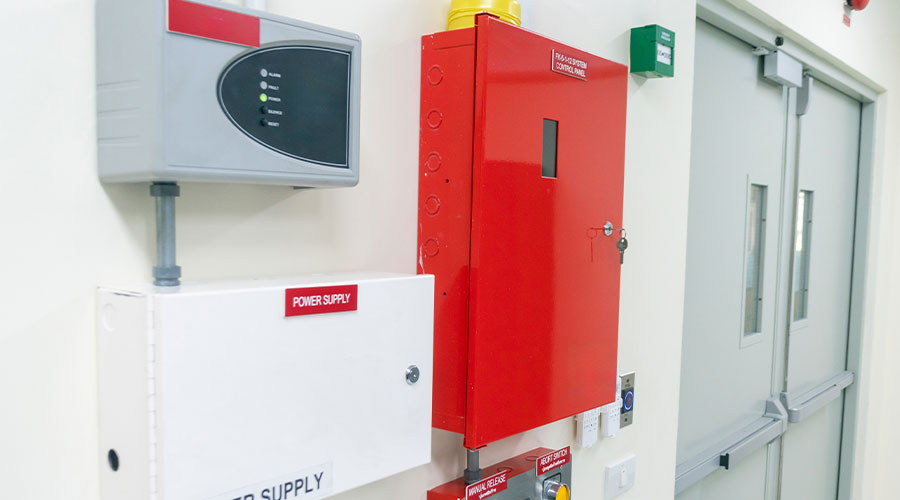Creating a Fire Evacuation Plan
Fire evacuation plans are required by OSHA and must be in writing
By Amy Wunderlin, Contributing Writer
There’s a lot to take in when ensuring proper fire prevention in a facility. That’s where fire evacuation plans come in handy. Facility managers’ plans should include common fire hazards, as well as a list of all fuel sources on site that could start or contribute to the spread of a fire, in addition to the building systems in place to prevent or control the spread of a fire, such as fire extinguishing systems and alarm systems.
Fire evacuation plans are required by OSHA and must be in writing, kept in the workplace, and made available for employees to review. An employer with 10 or fewer employees can communicate the plan orally.
Employers are also required to inform employees upon hire of any fire hazards they may be exposed to. Additionally, they must review with each employee the parts of the fire prevention plan that detail how they can protect themselves.
According to OSHA, the fire prevention plan must also include:
- A list of all major fire hazards, proper handling and storage procedures for hazardous materials, potential ignition sources and their control, and the type of fire protection equipment necessary to control each major hazard.
- Procedures to control accumulations of flammable and combustible waste materials.
- Procedures for regular maintenance of safeguards installed on heat-producing equipment to prevent the accidental ignition of combustible materials.
- The name or job title of employees responsible for maintaining equipment to prevent or control sources of ignition or fires.
- The name or job title of employees responsible for the control of fuel source hazards.
While OSHA's Fire Prevention Plans are a good place to start, for larger facilities, facility managers and engineers should view NFPA 2800, which sets a standard, detailing key roles, training, drills, and more for emergency action plans, says Maria Marks, fire industry relations manager at Siemens Smart Infrastructure USA.
“These resources offer a foundation for a structured plan that complies with regulations,” she adds. “Regular updates are crucial to adapt to evolving circumstances and maintain effectiveness in promoting a safe environment.”
Amy Wunderlin is a freelance writer based in Fort Atkinson, Wisconsin.
Related Topics:












